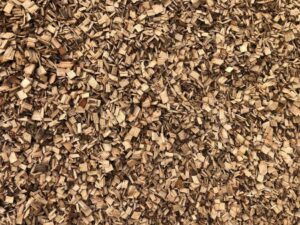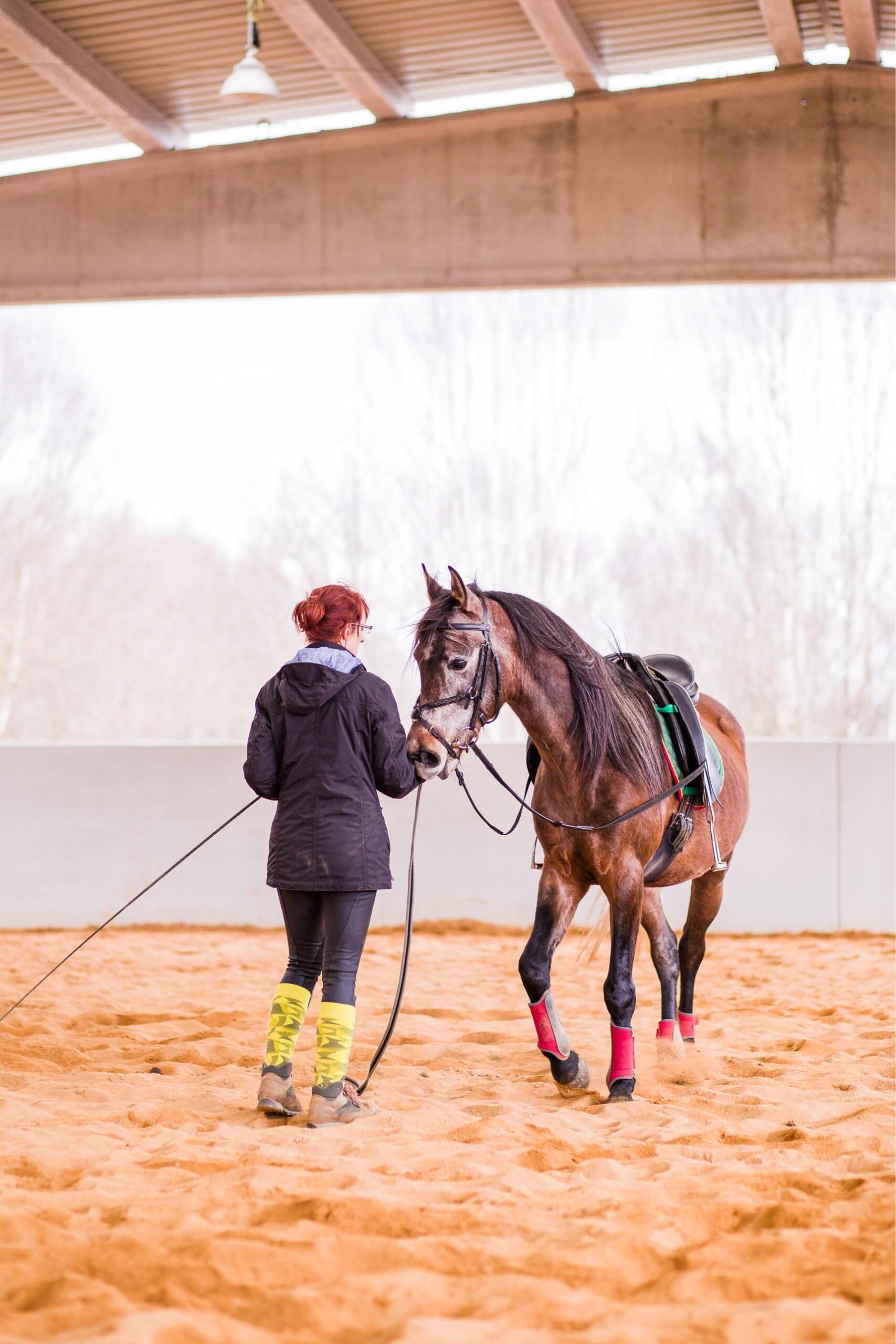The right surface can be the difference between a mud bath and a safe, professional arena. Whether you’re trying to keep paddocks usable in winter or want a surface you can ride on year-round, the right equestrian surface matters. This guide covers the most common questions about equestrian turnout chips, rubber chippings, and horse arena surfacing – helping you choose what really works.
What Are Equestrian Turnout Chips?

Equestrian turnout chips are softwood chips designed for horses – not just standard garden bark. They’re cut and sized to give good drainage, stand up to hoof traffic, and last far longer than ordinary wood chips.
Key Benefits
-
Keeps muddy areas under control
-
Drains well when laid properly
-
Lasts longer than garden bark, so good value
-
Safe for all horses, from foals to stallions
👉 See our equestrian turnout chips for paddocks and walkways.
Frequently Asked Questions About Equestrian Surfaces
1. How much equestrian rubber chippings do I need for my arena?
For rubber chippings, one tonne typically covers:
-
20m² at 4-inch depth (per 2m³ bag)
-
13.33m² at 6-inch depth (per 2m³ bag)
💡 Tip: use our quantity calculator to get exact figures for your arena.
👉 View equestrian rubber chippings
2. What’s the difference between equestrian turnout chips and rubber chippings?
| Equestrian Turnout Chips | Premium Equestrian Rubber |
|---|---|
| Natural softwood | Recycled rubber |
| £204.99–£282.99 | £249.99 |
| Breaks down naturally | Long-lasting |
| Great for muddy areas | Best for busy arenas |
| Natural drainage | Consistent all-weather use |
3. Do I need drainage before installing equestrian surfaces?
Turnout chips help with mud, but they’re not a fix for poor drainage. For best results:
-
Lay on compacted stone (at least 100mm deep)
-
Make sure the site drains freely
-
Think about your soil type and climate before installation
4. Where can I find equestrian rubber chippings near me?
PlayBark delivers equestrian surfaces UK-wide, with:
-
Free delivery on qualifying orders
-
Next day delivery available
-
Bulk loads from 1–80m³
-
Installation service on request
5. What’s the best surface for horse arenas?
It depends on your use and budget:
-
-
Traditional option
-
Good for riding and training
-
Needs regular raking and topping up
-
-
Premium Equestrian Rubber (£249.99)
-
Works in all weathers
-
Low maintenance
-
Great shock absorption
-
-
Equestrian Turnout Chips (£204.99–£282.99)
-
Perfect for paddocks and walkways
-
Natural and biodegradable
-
Cost-effective option
-
Real-World Success: Black Arabian Stud
“I first bought wood chip from PlayBark 5 years ago and was very pleased with it. The chip is still in use now and although it has rotted a little, it is still an effective surface. As a breeder of Black Arabian Horses, it’s very important to me that the surface the foals use from the day they are born is of the highest quality. I find that this surface is consistent throughout and highly suitable for the purpose. We also ride on the surface and work the stallions.”
– Black Arabian Stud, Somerset
This shows how durable and reliable the right surface can be, even with daily use by foals and stallions.
Seasonal Considerations
Most yards buy equestrian rubber chippings and turnout chips in:
-
Spring (March–April): Preparing arenas after winter
-
Summer (June–August): Laying and topping up
-
Autumn: Getting ready for the wet months ahead
Planning around these times makes delivery and installation easier.
Installation Tips
Turnout Chips
-
Lay on compacted stone
-
4–6 inches depth recommended
-
Expect a little settling in the first few weeks
-
Remove any wood splinters if needed
Premium Rubber
-
Professional install recommended
-
Keep depth consistent for even performance
-
Almost zero maintenance once in place
Making the Right Choice
Whether it’s turnout chips for paddocks, rubber chippings for arenas, or sand for traditional training, the best equestrian surface depends on how you use it and what you want long term.
If you’re unsure, we can help:
-
Order a £5 sample (redeemable against your order)
-
Call us on 01538 751 514 for free advice

